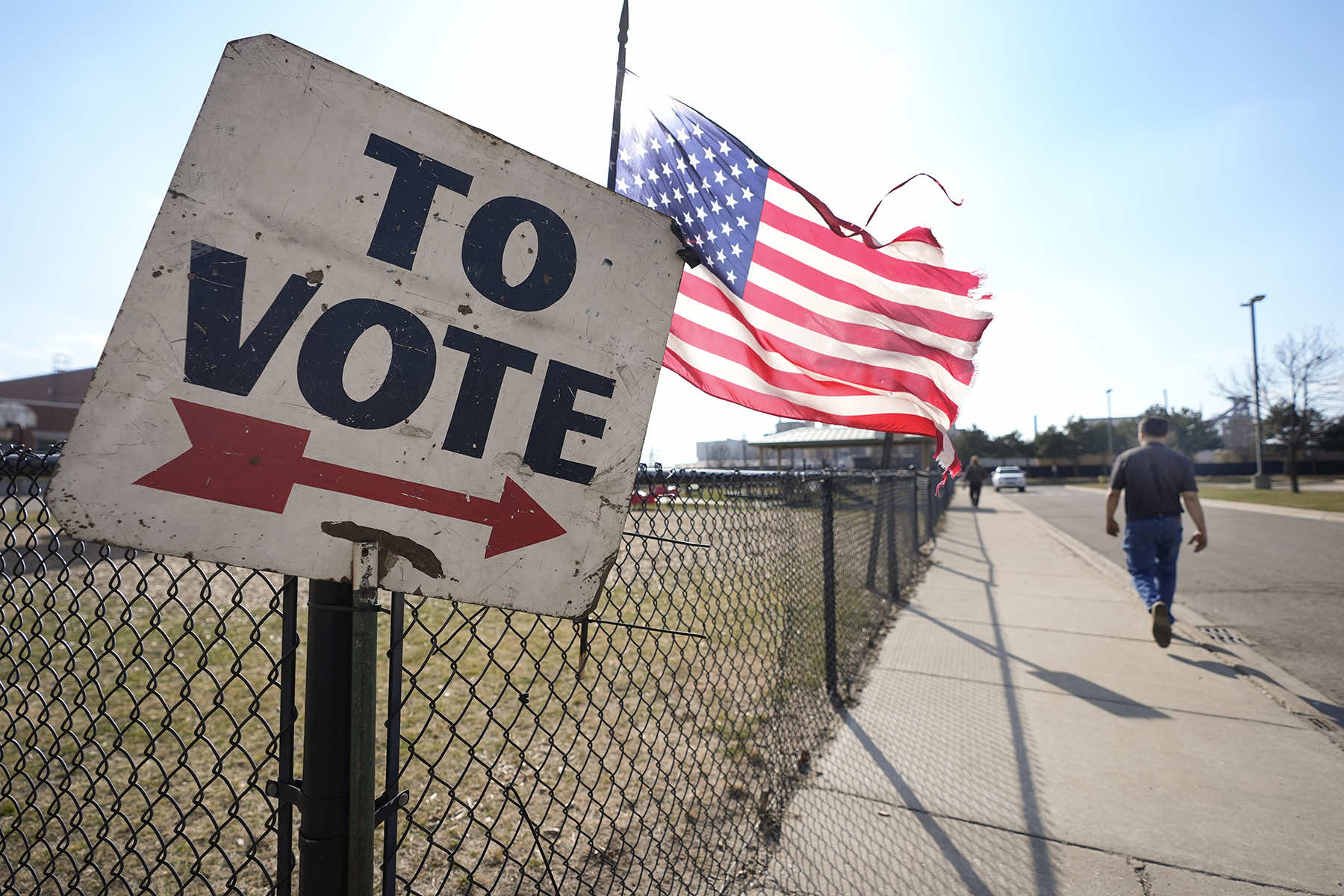
For the outcome of this year’s presidential race, it will be the vote count on election night and possibly in the days after that will grab the public’s attention.
But those numbers are unofficial until the election is formally certified — a once uneventful process that has become politicized since then-President Donald Trump tried to overturn his reelection loss four years ago.
Trump unsuccessfully pressured fellow Republicans on an evenly divided board that had to sign off on Michigan’s vote not to certify his loss in the state. On January 6, 2021, he directed his supporters to march to the Capitol and stop Congress from taking the final step to certify that Democrat Joe Biden had won the presidency.
This year, Trump’s allies have set the table to try to block certification should Trump lose to Democrat Kamala Harris.
The best way to think about certification is as a three-step process.
It starts with local governments, such as counties. It then moves to states, which add up all the local totals to certify the winner and appoint presidential electors. Congress then effectively certifies the votes of those electors.
The process may seem daunting, especially on the local level. Most of the country’s thousands of individual election jurisdictions — many of which have been taken over by Trump supporters — have to officially certify their vote tallies before a state can certify a winner. If just one of those counties refuses to certify, it could stop a state from signing off.
Legal experts say there is no actual legal risk of Trump’s allies being able to reverse a loss by refusing to certify at the local level. Decades of case law hold that local officials have no choice but to certify election results.
Any potential problem with the vote count can be challenged in court, but not on the boards and commissions that have the ceremonial task of certifying the ballot tallies and transmitting them to the state.
Trump supporters have tried to block election results in Arizona, Michigan, and New Mexico since 2020 by refusing to certify them, only to be forced to sign off by courts or to back down under legal pressure.
The notion that a lone board could hold up a state by refusing to certify is “this crazy fantasy that has merged the right and the left,” said Derek Muller, a University of Notre Dame law professor.
In 2020, Trump focused intensely on getting Republican state leaders to refuse to certify his losses and send his own slate of electors to the Electoral College. That failed everywhere.
In 2024, four of the six swing states where Trump disputed his loss are led by Democratic governors. In the other two, the GOP governors do not seem likely to go along with a potential push by Trump to stop certification. Georgia’s Brian Kemp defied Trump in 2020, and Nevada’s Joe Lombardo was elected in 2022 with votes from Democrats.
The last step in the certification process is in Congress on January 6. Once the states have certified their winners and selected their electors, and those electors cast their votes for president, the Constitution requires Congress to formally count those votes.
That’s what Trump and his supporters seized on in 2020, arguing that Congress could choose to reject Electoral College votes from states where it did not trust the vote count. Even after the assault on the Capitol, a majority of House Republicans — 139 of them — and eight Republican senators voted to reject Biden’s electors from Pennsylvania.
That was not enough votes to change the outcome of the election, but it is a signal that they could try again should Harris win.
A bipartisan majority in Congress not only upheld Biden’s 2020 victory but then amended the law that governs how Congress certifies a presidential election to make it much harder to reject Electoral College votes.
If Harris wins, we will see if that majority still holds on January 6 to confirm her victory.














